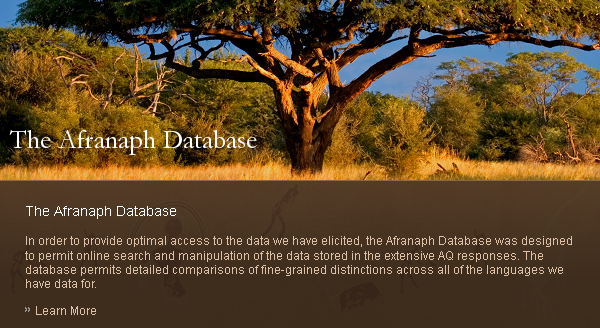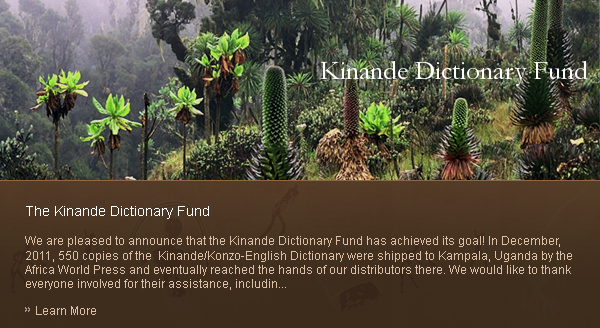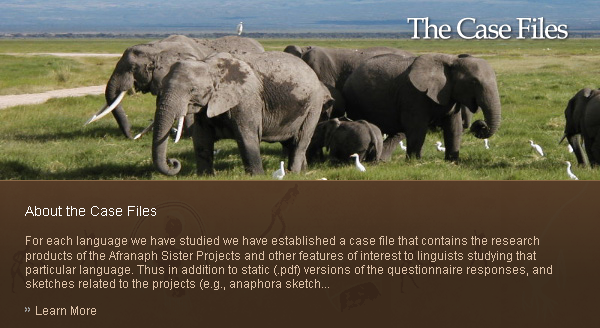- Last Updated on Thursday, 31 August 2023 10:14
![]()
It is our goal to make our rich field data and analysis as accessible as possible to researchers of a wide variety of theoretical perspectives, as well as to those interested in using some of our results for pedagogical purposes. Our questionnaire response data is presented in two forms, as static documents for each language, and in the form of an online database that permits search and comparison functions within and across questionnaire responses (see About the Database and How to use the Database). We expect that both sources will be accessed by our users, but to different degrees, depending on their interests. Additional data is stored in our case files (see About the Case Files).
The presentation of the data in a static .pdf responses closely follows the format of our elicitation questionnaires, which is as uniform as possible across languages. This uniformity permits some close comparisons, but every questionnaire response is laced with commentary by our consultants and so each one takes on an individual character in terms of how the analytic comments are introduced. Much of that commentary is also accessible in the database, which has a field for commentary, but some of the commentary is more general to a section of the questionnaire, and so is better understood by consulting the static document. However, information about analytic entities (and commentary about those) are only found in the database.
The database serves both intra-language and crosslinguistic research objectives. Language internally, searches can group data of interest from across the entire AQR, whether the target is particular morphemes or sentence types. We have already found that searches of this kind facilitate our exploration of anaphora patterns for the preparation of the anaphora sketches. Although it is difficult to completely anticipate how our data is to be used, we expect, as the range of data we collect expands, that intra-language database searches will be useful for researchers concerned with issues other than the patterns of anaphora, or whatever other patterns our particular questionnaires are designed to elicit. For researchers with the latter sorts of interests, the static questionnaires are much harder to profit from.
For crosslinguistic research, the database is invaluable. Search and comparison functions are available for morphemes, glosses, sentence features, language features, and anaphoric marker features (e.g., types of reflexives or reciprocals). To get close analogs of sentences across languages, it is possible to search crosslinguistically for a particular AQ or CCQ example number, e.g. every translation of (A16c) in all the languages in the database. Moreover, it is possible to look for every sentence in any SVO language that has reflexivity marked by a body part anaphor involving the root meaning ‘head’, or just for the languages that have such markers. It is possible to search for languages that have more than one marker for reflexivity and search for the kinds of sentences in which each appears, and so on (see About the Database).
It is our intention that, as much as possible, our data should be available through open source applications, especially since many of our participants and site users may lack the resources to use proprietary products. All of our static files are currently available in .pdf form (read only), which can be read with Adobe Acrobat Reader, a program available free of cost on the internet from the manufacturer. Character representation in our database is sensitive to certain choices of internet font and may not present properly on some settings (see About the Database). The results of database searches can be copied into electronic documents or printed out, and there are further options, also discussed in About the Database. Those who choose to make use of our resources should consult our Fair Use and Citation page, which is a guide to citation and reproduction of our documents.




 Accessibility of Results
Accessibility of Results
